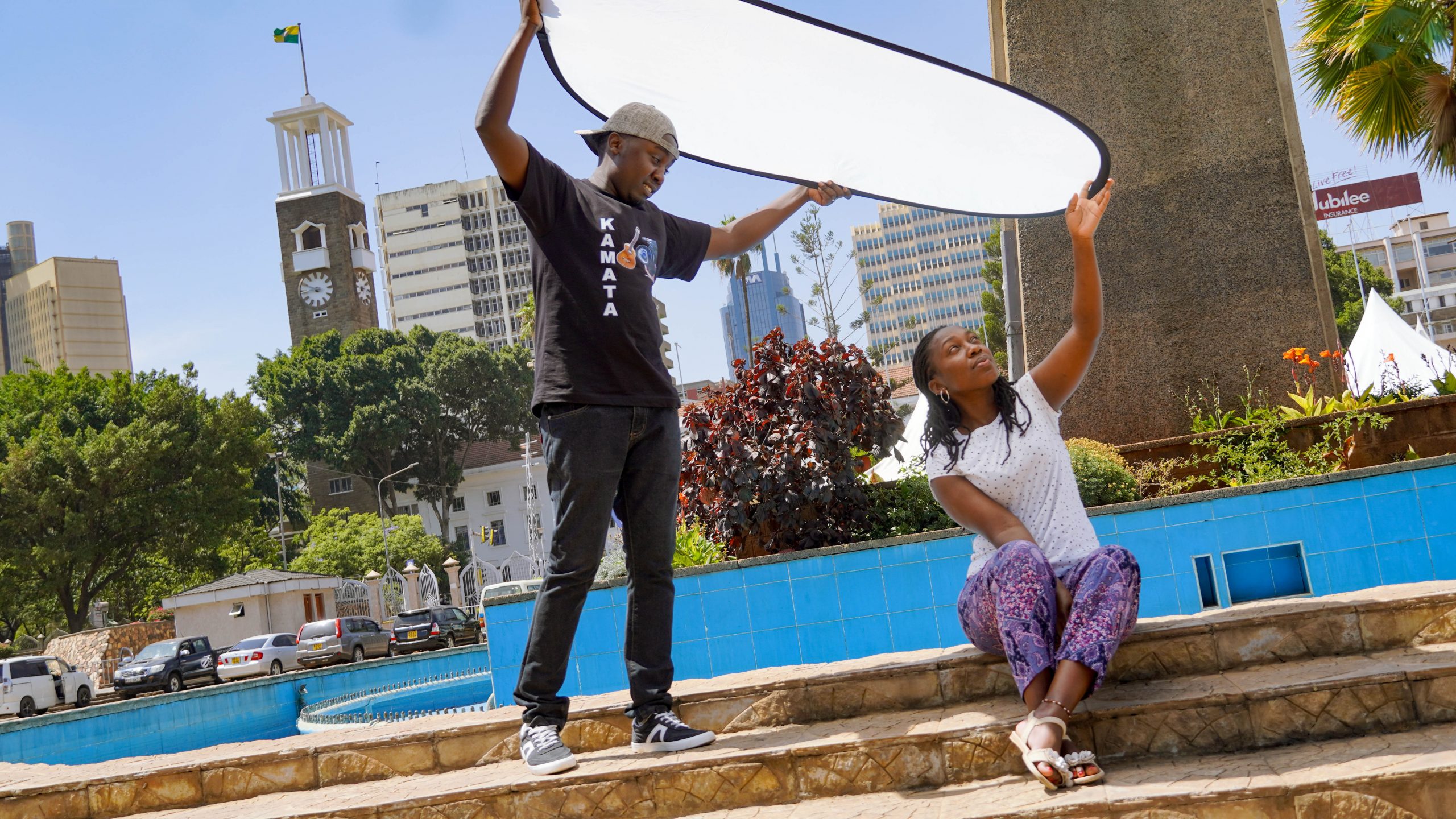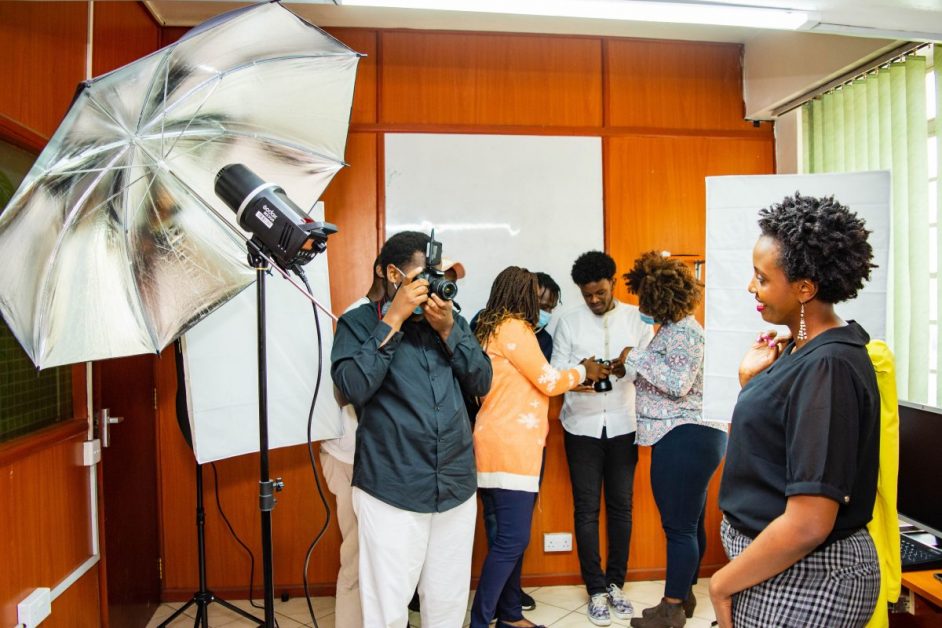
Lighting Techniques For Photography And Videography
Lighting Techniques For Photography And Videography
As a photography and videography school, we can attest that mastering lighting techniques are one of the essential skills to create stunning images and videos. Proper lighting can make or break the final output of your work, regardless of how skilled you are in using your camera or equipment. In this blog post, we will share some tips on how to use lighting techniques to create powerful images and videos that can take your photography and videography to the next level.

Understanding the Different Types of Light
Before we dive into lighting techniques, it is essential to understand the different types of light. There are two main types of light, natural and artificial light. Natural light is the light that comes from the sun or any natural sources, while artificial light is any human-made source of light, such as lamps or studio lights. Understanding these different types of light and how they behave is crucial to mastering lighting techniques.
The Importance of Lighting in Photography and Videography
Lighting is critical in photography and videography as it sets the mood and tone of the image or video. A well-lit subject can make a significant impact on the final output, while poorly lit subjects can ruin the entire image or video. In photography, lighting can make the subject more prominent and create depth and contrast in the photo. In videography, lighting can enhance the atmosphere and emotions of the scene.
Lighting Techniques for Photography and Videography
- Natural light – Take advantage of natural light sources such as the sun or windows. Position your subject near the light source to create a soft and natural-looking image.
- Artificial light – Experiment with different types of artificial light sources such as lamps or studio lights to create the desired effect. Use diffusers or reflectors to soften or enhance the light.
- Backlighting – Use backlighting to create a dramatic and emotional effect. Position the subject in front of the light source, and it will create a halo effect around the subject.
- Side lighting – Side lighting can create depth and dimension in your images and videos. Position the light source to the side of the subject to create shadows and highlights.
Mastering lighting techniques can take your photography and videography to the next level. With the tips mentioned above, you can start experimenting with different lighting techniques and create stunning images and videos. Remember, practice makes perfect, so keep practising and experimenting with lighting techniques to enhance your skills.

0 comments
Write a comment